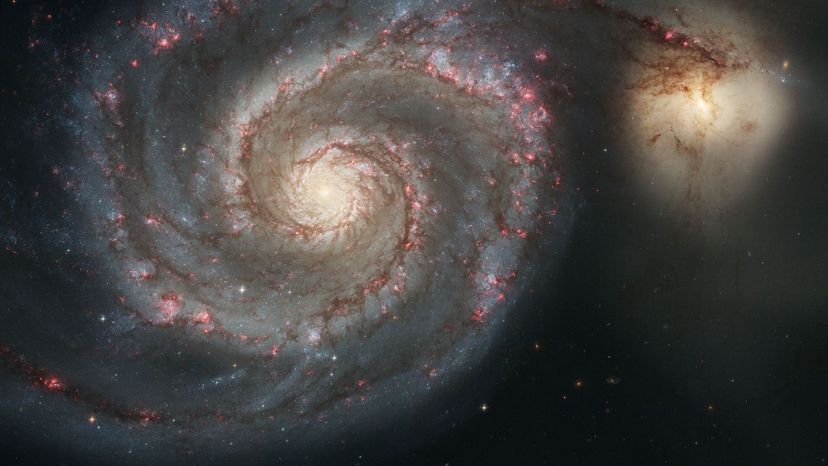
About This Quiz
A wide variety of celestial bodies live in the night sky. Some can be seen with the naked eye, while others live millions of light years away. Other celestial objects are only a few million years old, while others have been around since the beginning of time.
You might be thinking "What's a celestial object?" A celestial object (or celestial body) is basically anything natural that lives in our night sky. This includes galaxies, stars, clouds, gas, asteroids, comets and the planets in our solar system. Even our own planet, Earth, is considered to be a celestial body. Some are also very cold, while other objects are scorching hot, like the Sun. In fact, did you know that the surface temperature of the Sun is 5,778 K? This quiz may also teach you about celestial bodies that you've never heard of, such as M51a, Messier 81 and the Crab Nebula.
Today, we'll take a look at 40 amazing NASA images that showcase the celestial bodies in our night sky. It will be your job to match these images to the name of the celestial object from the answer list. These might include nebulae, galaxies, planets and much more! Take this quiz now to put your astronomy knowledge to the test!
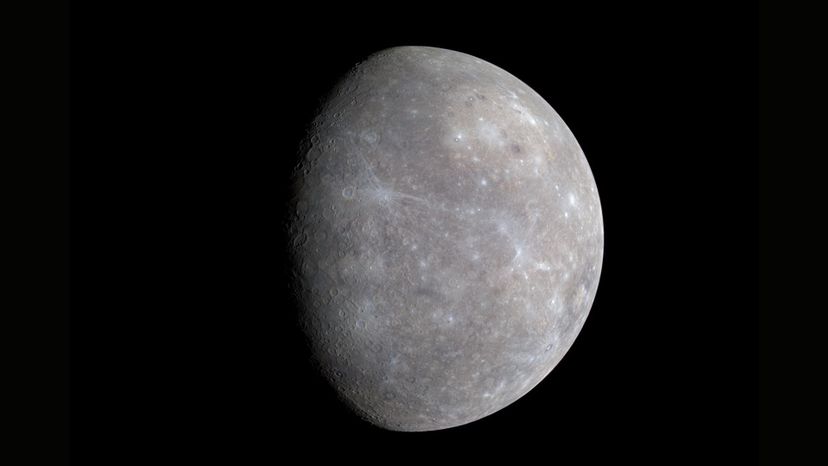
Mercury has an orbital period of 88 days and is located about 36 million miles from the Sun. It also orbits at a speed of 112,000 miles per hour.
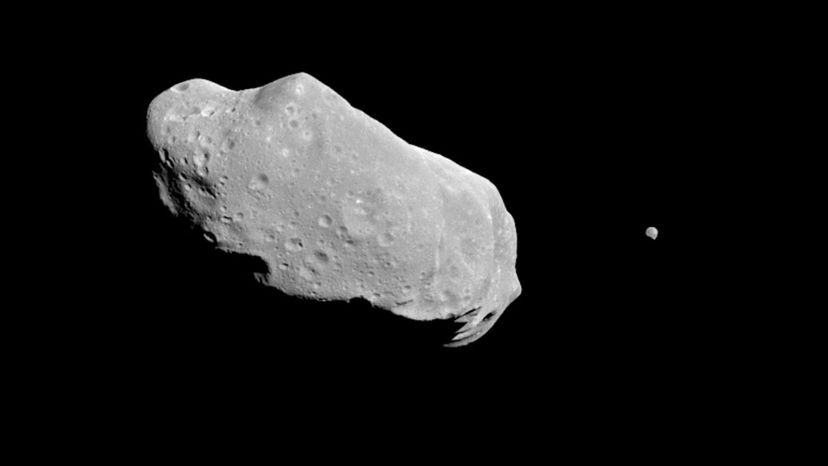
Asteroids are also known as "planetoids," depending on the size. Ceres is one of the most well-known asteroids.
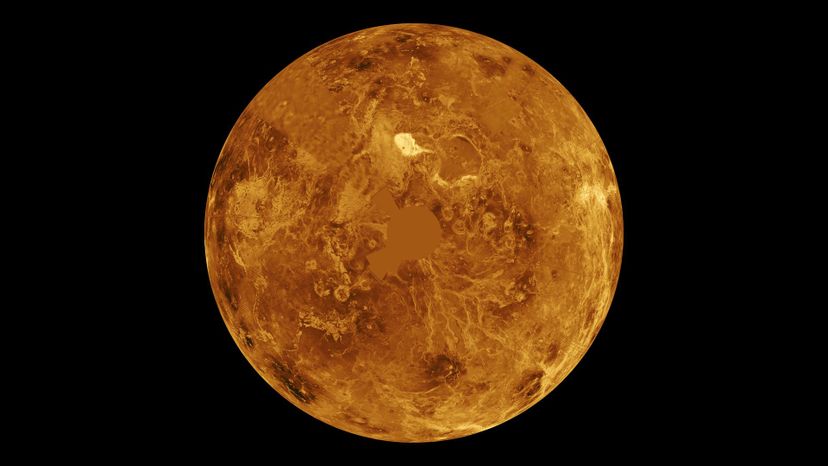
This planet is the second-shortest to the Sun (in terms of distance), which is exactly 67.24 million miles. It's also one of the brightest planets in the sky (from Earth).
Advertisement

Dying stars emit a type of gas that helps to make up the matter of these types of nebulae. These often look red and blue in color.
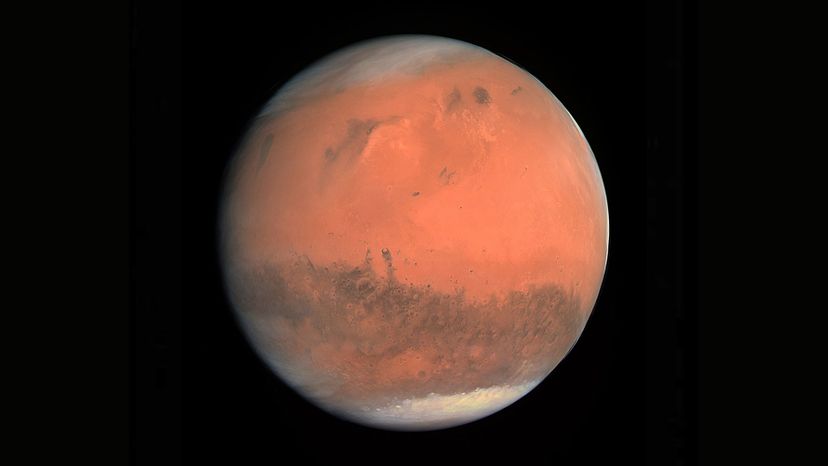
Mars takes 687 days to orbit the sun, and is located 141.6 million miles away from the Sun. Its moons are Phobos and Deimos.
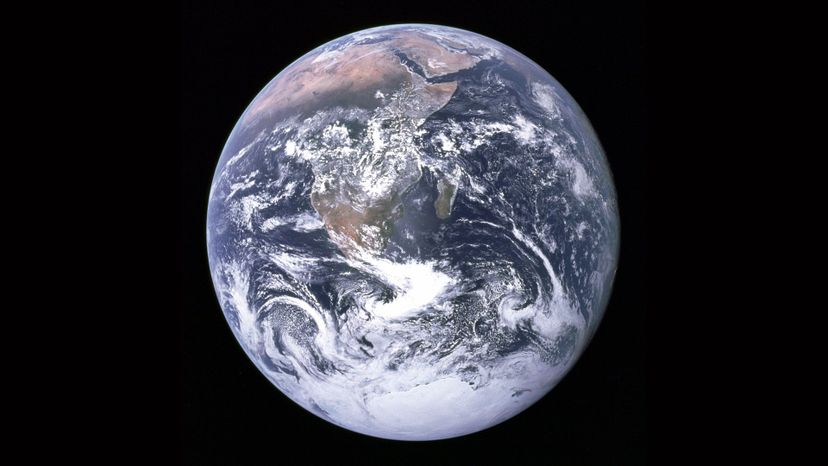
Earth is the only planet inhabited by humans and animals, and is mostly made up of water. It's also 92.96 million miles from the Sun.
Advertisement
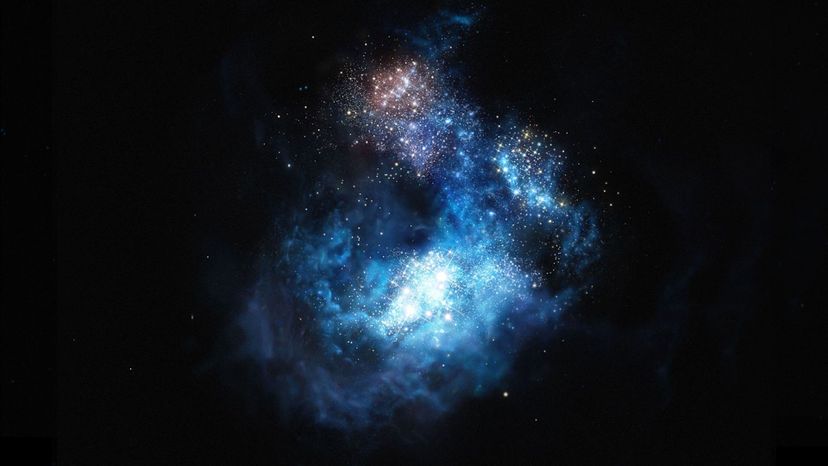
The Cosmos Redshift 7 resides in the Sextans constellation, and is considered to be one of the oldest galaxies known to man. This galaxy is located 12.9 billion light years from Earth.
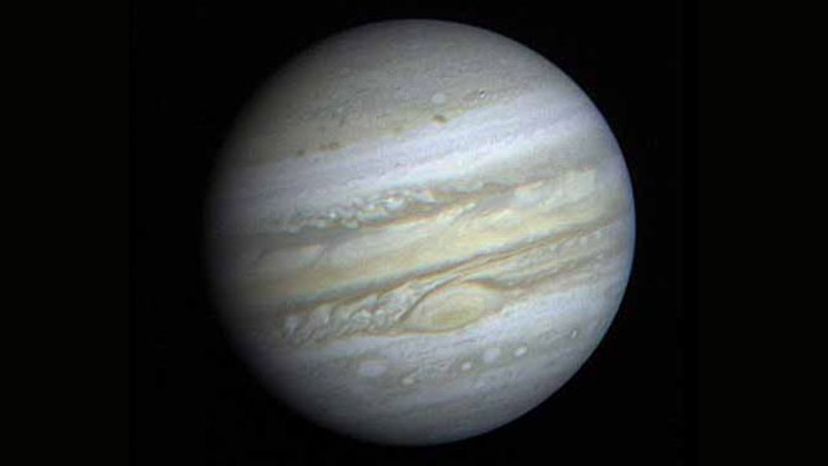
Jupiter's moons are Europa, Ganymede, Io, Callisto and Megaclite. It also has an orbital period of 12 years, and is 483.8 million miles from the Sun.
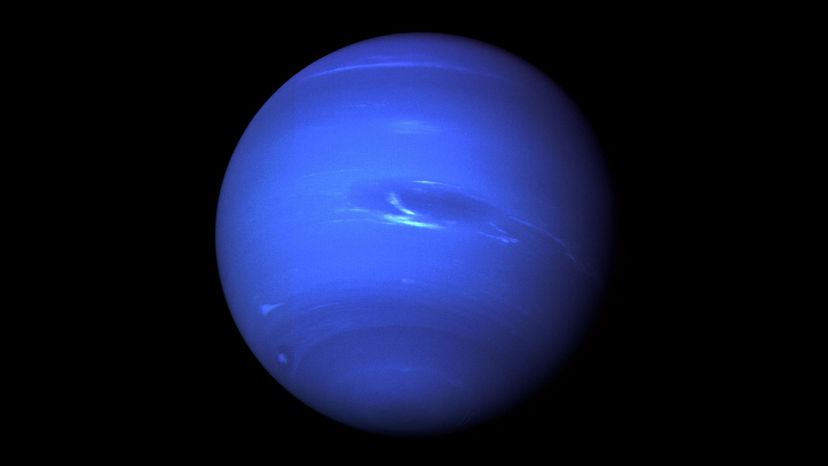
Neptune is very far from the Sun, with an approximate distance of 2.793 billion miles. Some of its moons are Psamathe, Naiad and Neso.
Advertisement
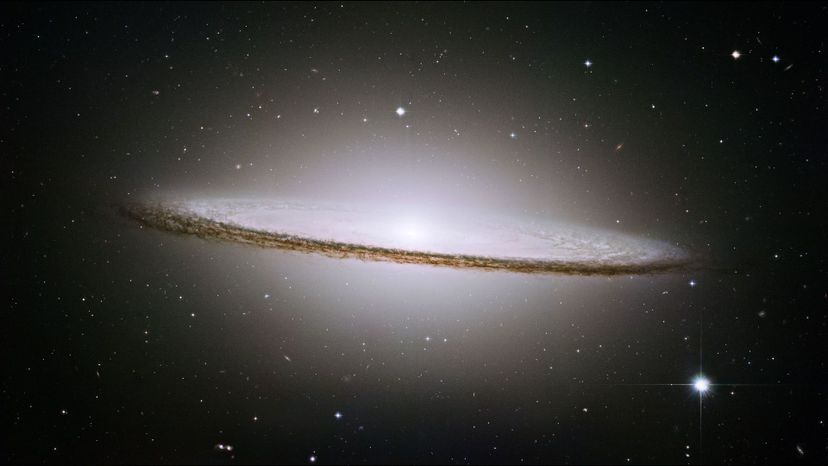
The Sombrero Galaxy actually looks like the popular hat, the Sombrero. This is also a type of spiral galaxy and is located 29.35 million light years from Earth.
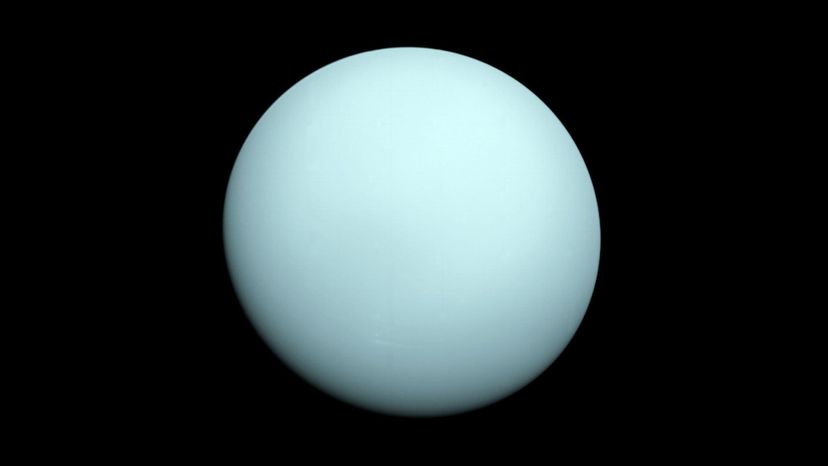
Uranus orbits on its side at an approximate 98 degrees. It also takes 84 years to complete one full orbit.
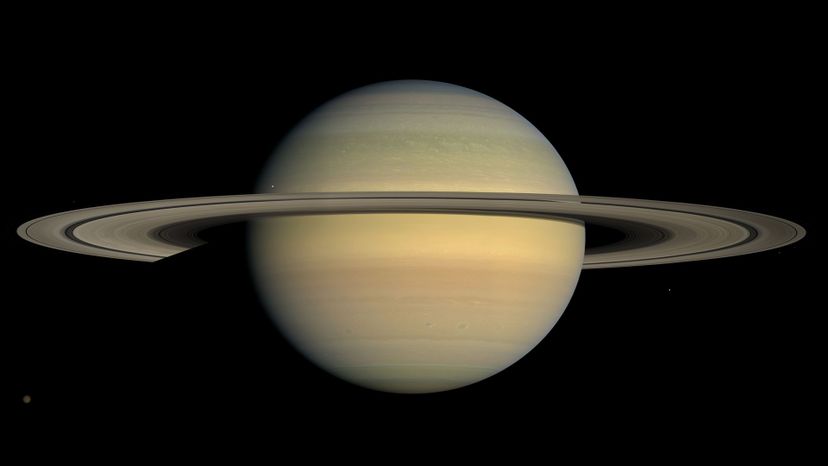
Saturn has a very large radius of 36,184 miles, which is nine times bigger than Earth. The days on Saturn are also almost half of those on Earth, at about 10 hours and 34 minutes.
Advertisement
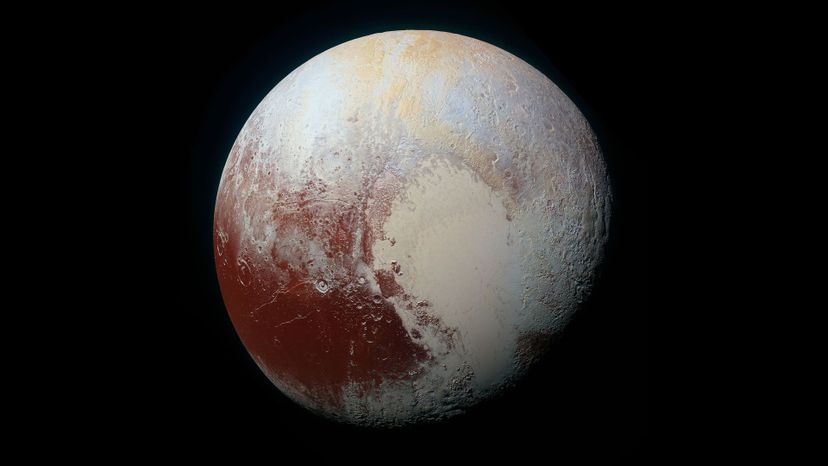
Pluto features five moons and is considered to be a dwarf planet in size. It also has an orbital period of 248 years.
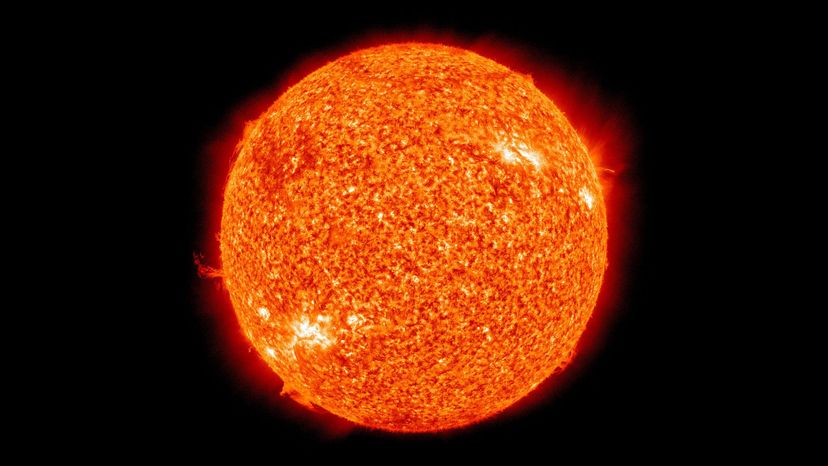
When you look up at the sky during the day, you'll see the Sun (but don't directly stare at it)! The sun is also made up of hot plasma, with a surface temperature of 5,778 K.
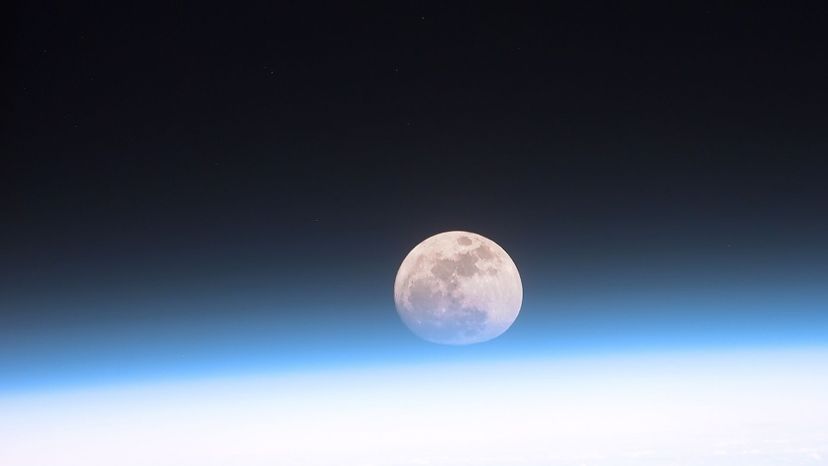
Neil Armstrong landed on the Moon, as well as other astronauts like Charles Duke and Alan Bean. The moon takes 27 days to orbit the Earth.
Advertisement
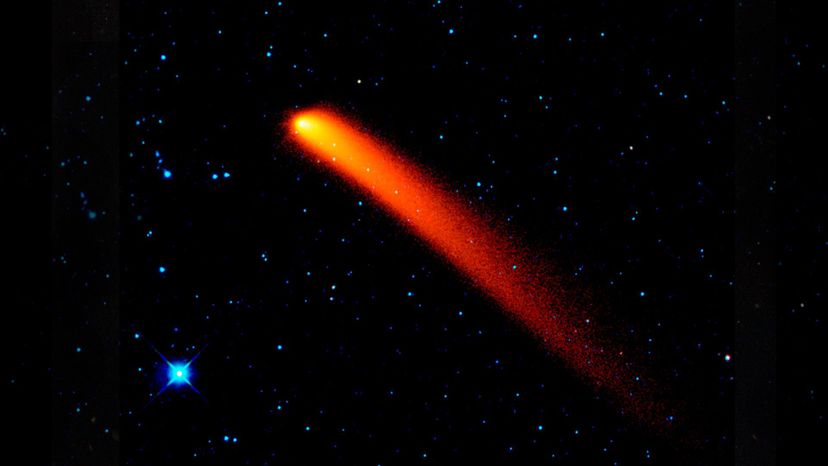
You might have heard of Halley's Comet, which can only be seen about every 75 years. Comets also move through the sky very quickly, releasing gasses along the way.
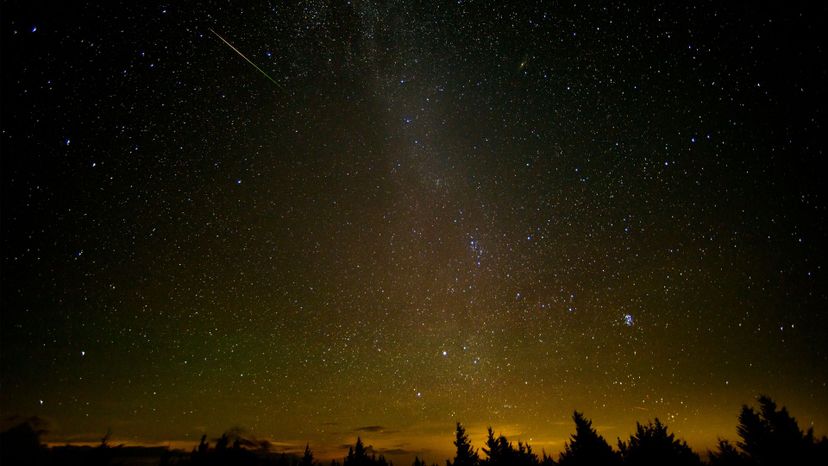
Meteoroids are like mini-versions of asteroids, and can travel at speeds of up to 42 km/h. Asteroid belts are also responsible for producing some types of meteoroids.
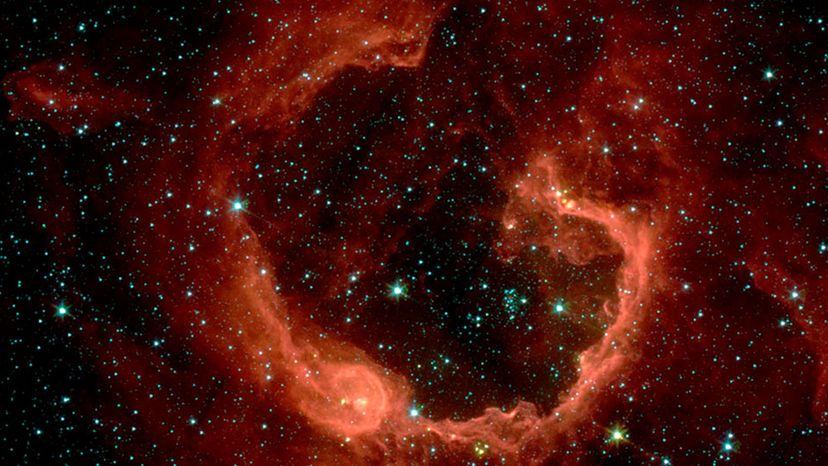
The Emission nebula emits a radiant red color due to excess amounts of hydrogen. Ionized gas is also responsible for forming this kind of nebula.
Advertisement
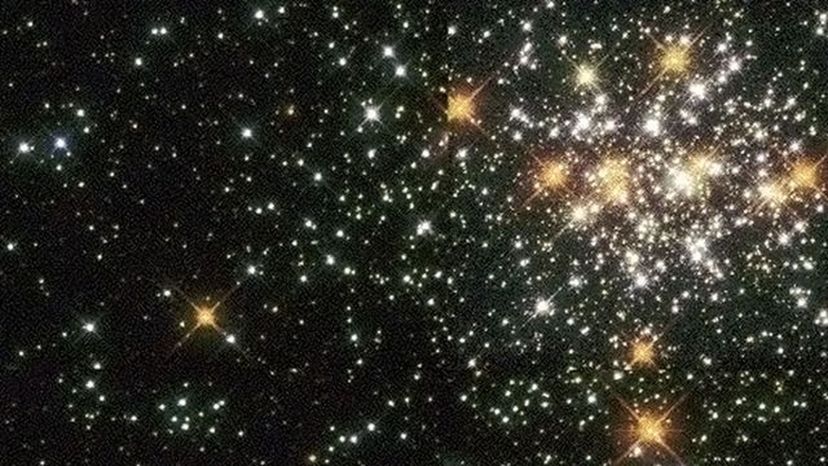
M13 is a popular and well-known globular cluster in our universe. Globular clusters also orbit objects like a satellite would.
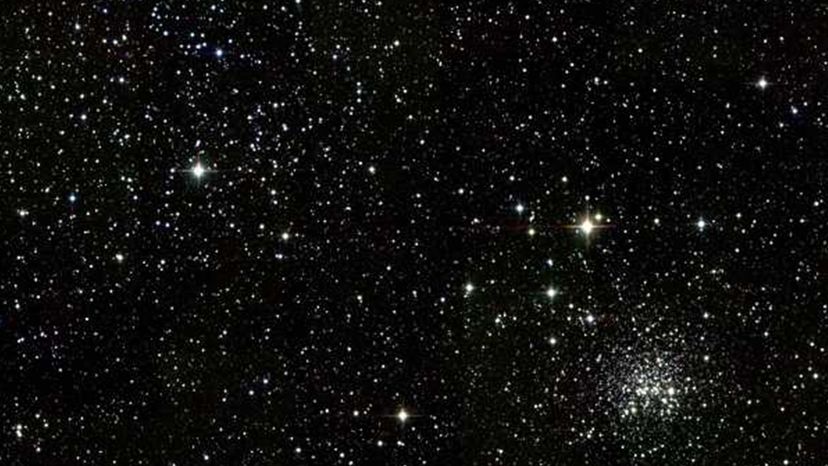
Open clusters consist of thousands of stars that are "clumped" together. These types of clusters can also be found in spiral galaxies.
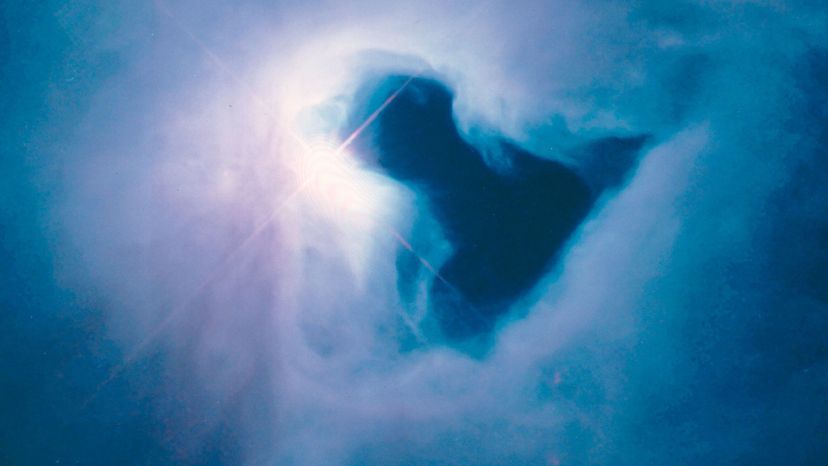
The Reflection nebula emits a pretty blue color, which is reflected from stars that are near it. This results in a polarizing effect.
Advertisement
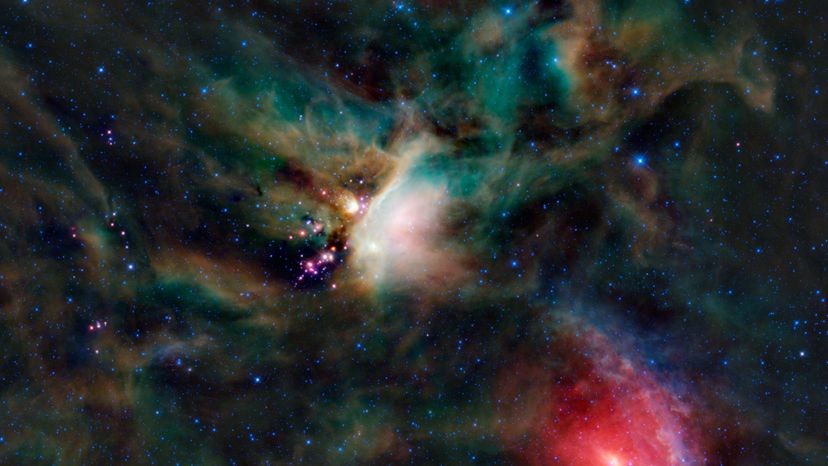
You probably won't be able to see much light behind a dark nebula, which is very dense in nature. This is also an irregular type of nebula.
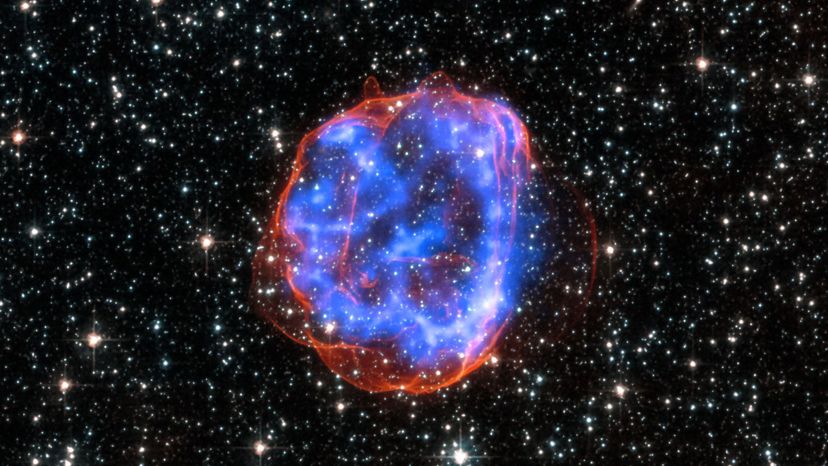
These colorful celestial bodies are actually the remnants of an exploding star. This is also known as the Crab nebula.
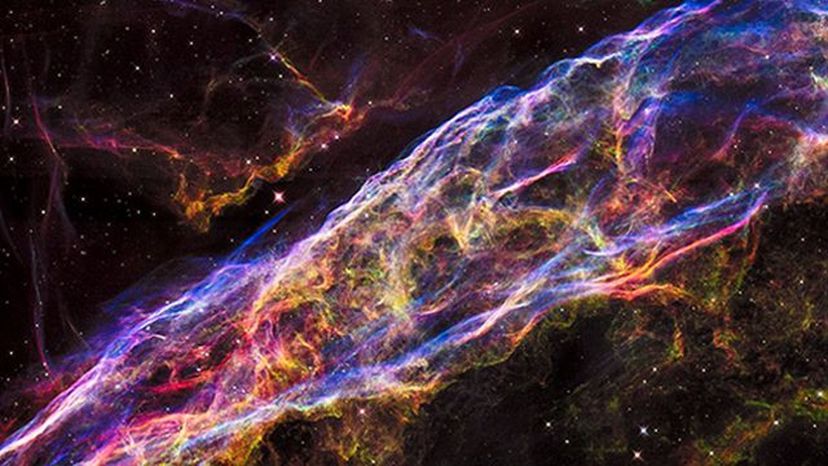
The Veil Nebula is quite large in size, spanning at about 50 light years in radius! One light year equals to 5.8786×10^12 miles.
Advertisement
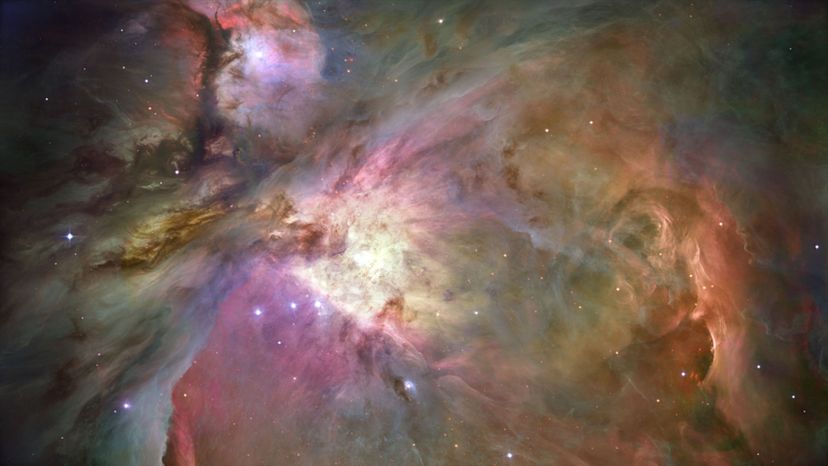
The Orion Nebula can actually be seen by the human eye! It's also one of the brightest types of nebulae to exist.
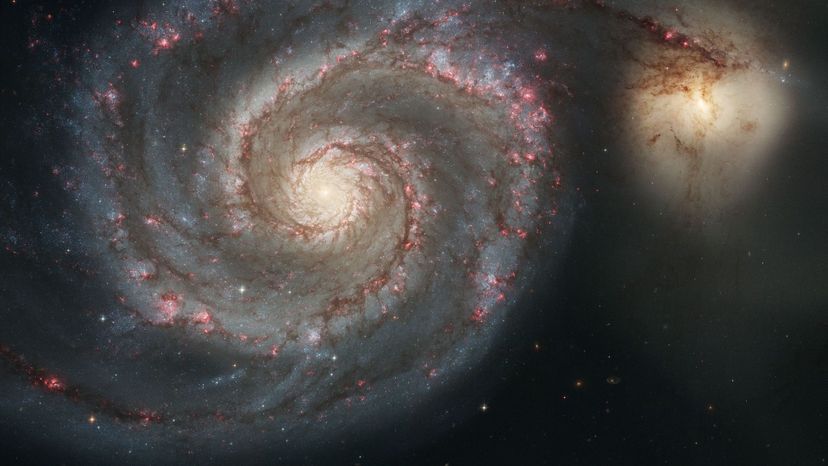
This is the first type of galaxy to be referred to as a spiral galaxy, and resides in the Canes Venatici constellation. Other nicknames for this galaxy are M51a and NGC 5194.
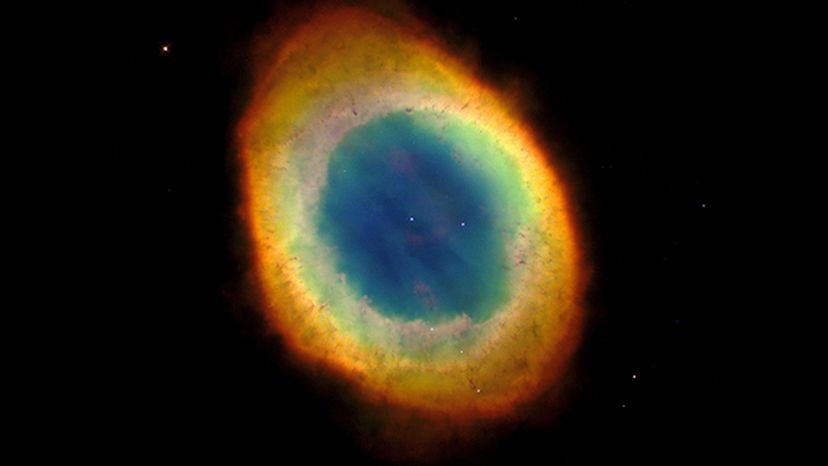
The Ring Nebula is exactly 2,283 light years from Earth and is shaped like a colorful ring. This nebula is also located in the Lyra constellation.
Advertisement

This spiral galaxy actually has 250 billion stars and is located in the Ursa Major constellation. It has a magnitude of 6.94.
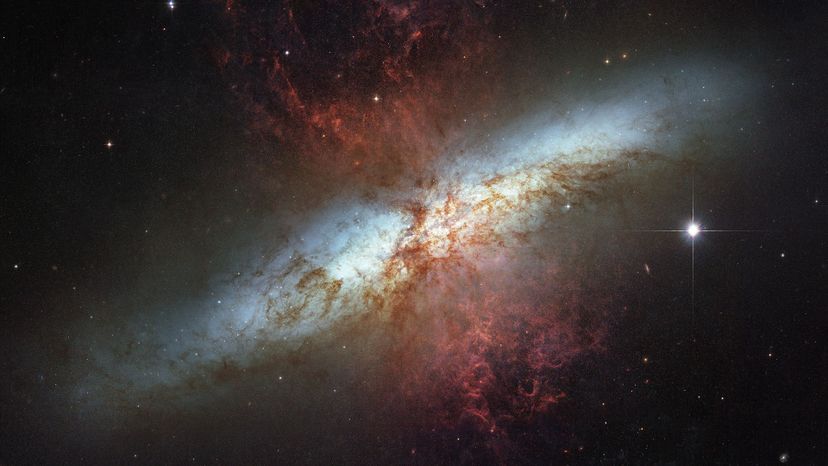
This bright galaxy is located 11.42 million light years from Earth and is considered to be a starburst galaxy. It has a radius spanning 18,500 light years.
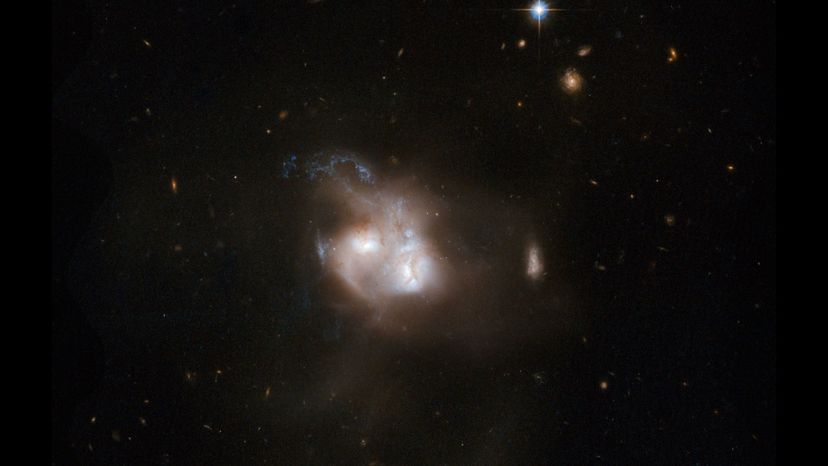
The Black Eye Galaxy became official in 1779 and it was named by Edward Pigott. This type of galaxy is also 13.28 billion years old!
Advertisement
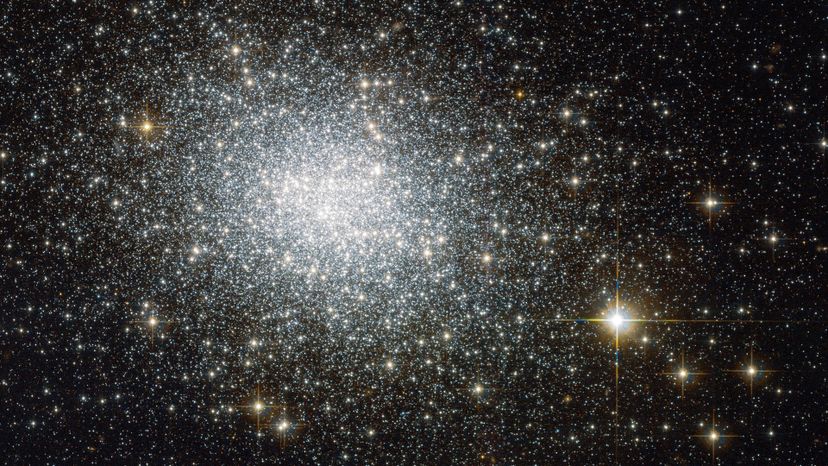
Also known as the Nubecula Minor, this type of galaxy is about 200,000 light years away from Earth. It also belongs to both the Hydrus and the Tucana constellations.
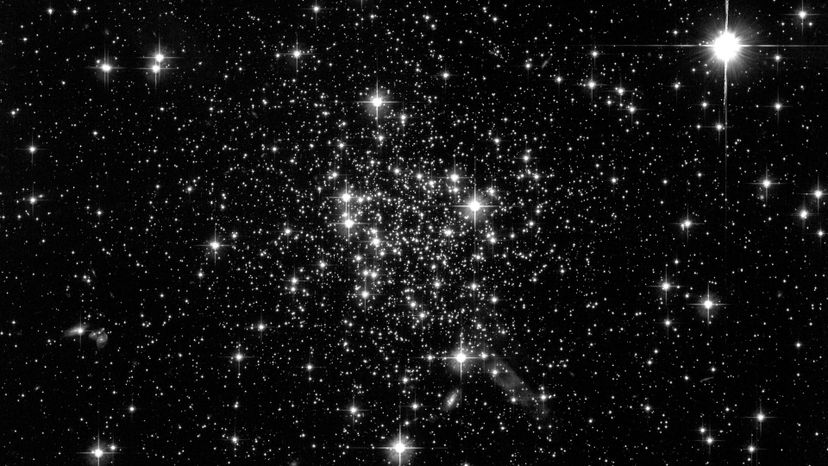
The Sagittarius Dwarf Spheroidal Galaxy is made up of many aged stars. It resides in the Milky Way Galaxy.
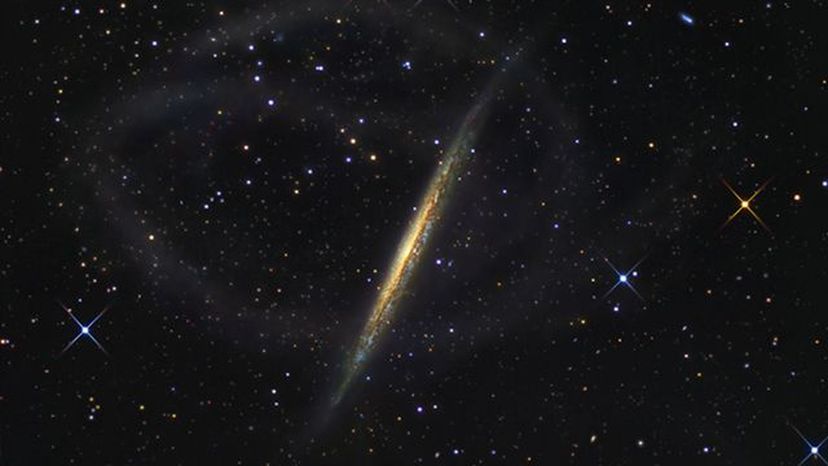
This doesn't refer to the type of water-based streams that are located on Earth. Rather, these stellar streams are formed from dwarf spheroidal galaxies.
Advertisement

The Tadpole Galaxy features a unique tadpole shape and is located 400 million light years from Earth. This galaxy spans a radius of 195,000 light years.
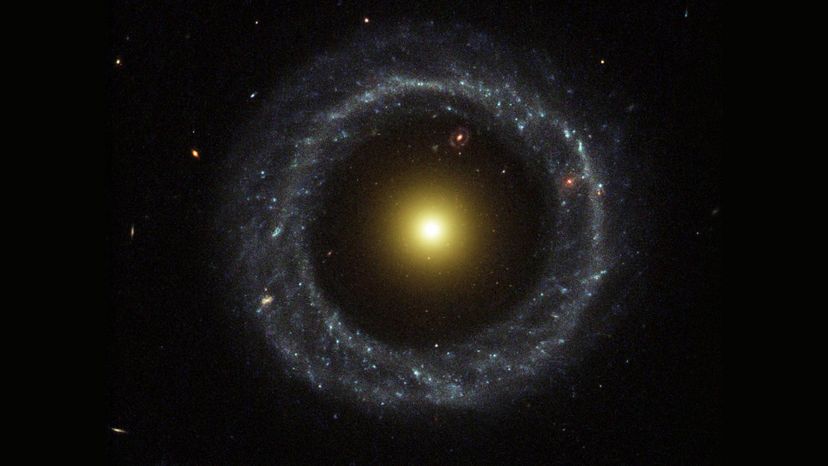
Hoag's Object was made official in 1950 by Arthur Hoag. It contains 8 billion stars.
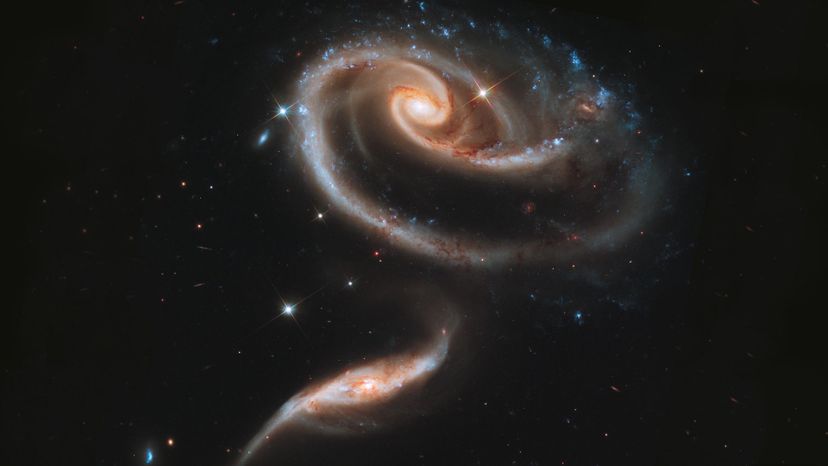
Within the Andromeda Galaxy lies the Arp 273, which looks like a loose spiral of other galaxies. It's located 300 million light years from Earth.
Advertisement

Located in the Scorpius constellation lies the NGC 6357, which also bears the nickname "Lobster Nebula." It's made up of both young stars and protostars.
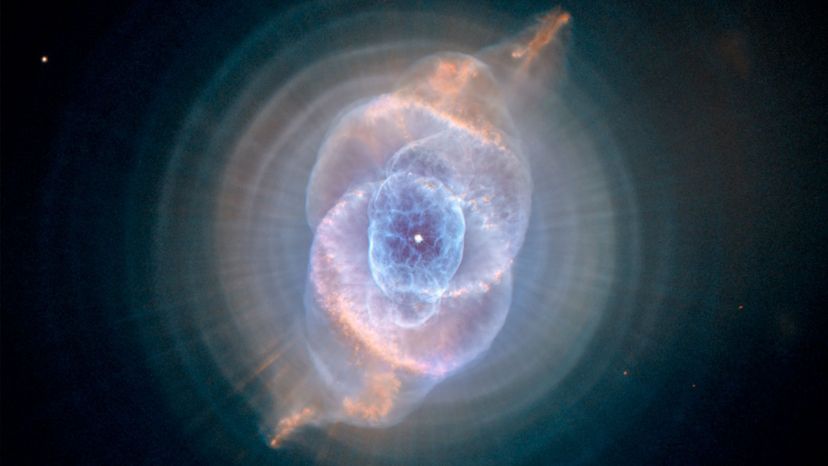
The Cat's Eye Nebula features a distinct eye-shaped feature, which is bright and colorful in nature. This is located in the Draco constellation.
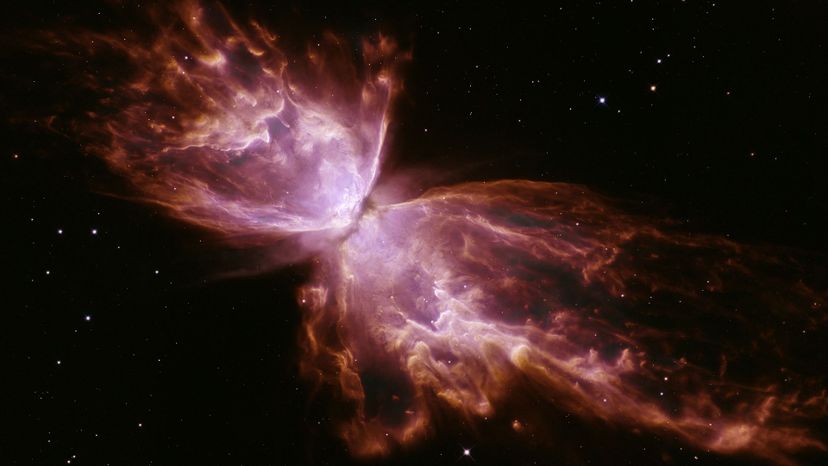
The NGC 6302 has a radius of 1.5 light years and features the nickname "Butterfly Nebula." This nebula also lives in the Scorpius constellation.
Advertisement

The spiral galaxy known as Andromeda is well-known for its ample amount of stars. It is located 2.537 million light years from Earth.